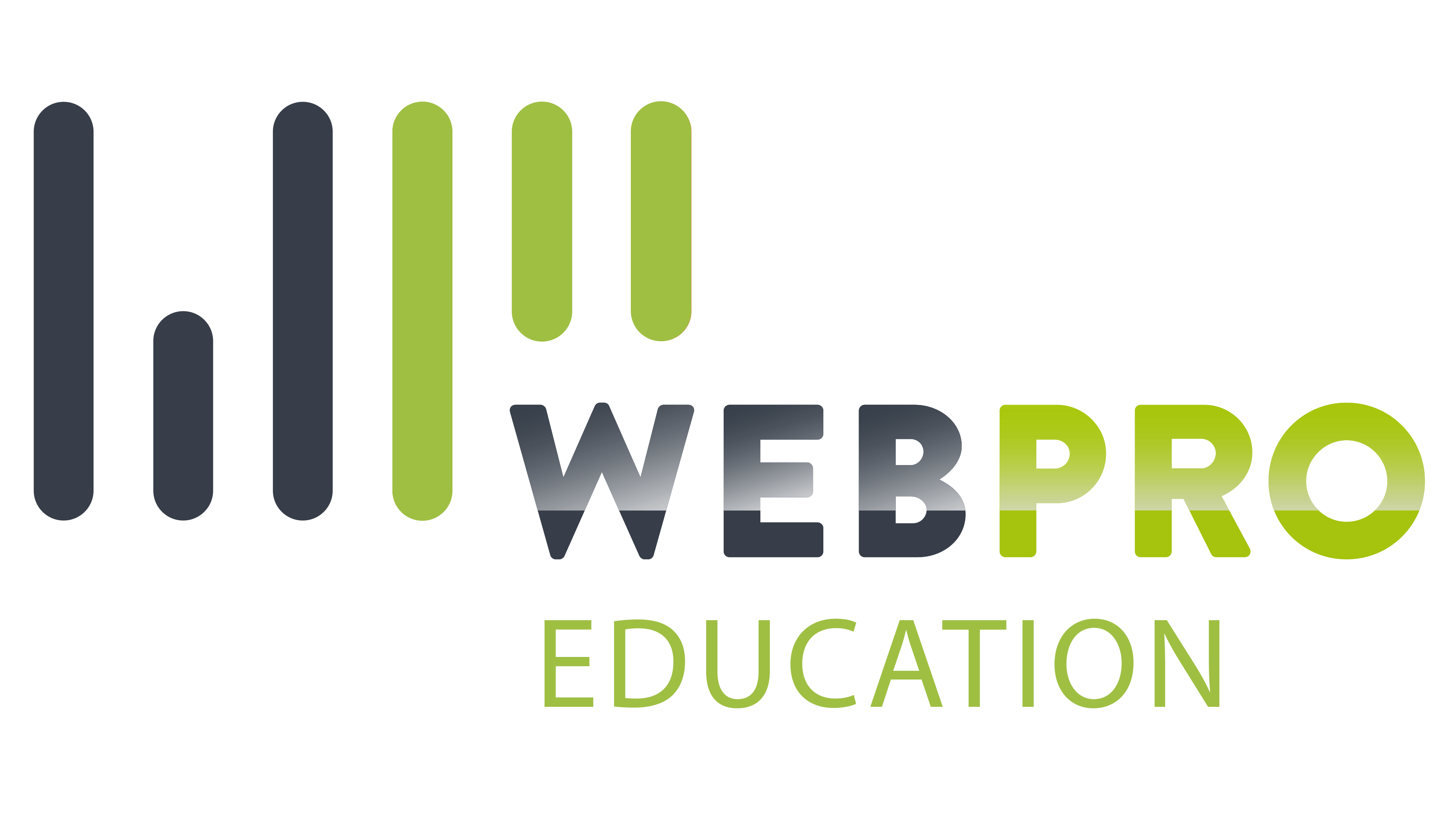It’s likely you’ll have encountered multilingual websites many times. How well they have translated is likely to have determined whether you’ve stayed on them or whether you’ve just moved straight on.
It’s only natural that we need to be able to understand what a website is saying to us in order for us to remain engaged. When we don’t, the website operator is potentially losing business – yours and anyone else’s who has arrived there and can’t decipher its messages.
What is multilingual website design and who can it help?
A multilingual website presents content in more than one language. All content – copy, photos and other images, video and other media are translated and localised to appeal to a target audience who speak a different language.
Global schools, colleges, training centres and universities can benefit from multilingual or bilingual website design.
When we talk about global educational centres, we mean those wanting to attract global business, not necessarily those who have multiple centres around the world.
Benefits of multilingual websites in education
Of course, it makes perfect sense for say, multilingual schools to adopt an effective international school website design strategy. Let’s look at the benefits across the entire education board in more detail:
- The major advantage is that multilingual websites increase reach. By not appealing to a potential client who speaks a different language, unless they speak English, you are almost certainly discounting their business instantaneously. In the education sector, communication is key. A learner will need to feel assured that they’ll be able to work with you, that they can understand you and vice versa.
- It’s great for search engine optimisation (SEO), increasing search visibility. Only native speakers can craft compelling content that’s more likely to be picked up by search engines. A multilingual website will be able to leverage region-specific keyphrases, metadata and URLs. URLs that are language-specific can aid the website’s visibility in search engines that are country-specific.
- Multilingual websites negate the need for your website visitors to rely on automated translation, which can be disjointed and often nonsensical. Messages can literally be lost in translation as some automatic software translates words literally, resulting in a robotic read that’s likely to contain errors and broken phraseology. A student will want to feel a connection, so this is a huge benefit.
Considerations when planning and designing a multilingual website
When planning your multilingual website, there are some important points to remember:
- You’ll need to understand your target audience. Research relevant regions, languages and cultural preferences. Content will need to be tailored accordingly.
- Focus on only the languages that align with your target audience and business objectives, making the ones that will be most impactful the priority.
- Make sure translations are accurate, using professional translators, or native speakers for clarity and credibility.
- Be sensitive culturally throughout the entire website design.
- Check region-specific legal regulations and compliance through the website. Consider copyright, accessibility and privacy standards.
Once you’re at the design and development stage, working logically through the following steps will help:
Translate your website’s content
If you aren’t fluent in the language you need to translate your website content to, you have a few options:
- Enlist the help of a professional translator. This can work out to be quite expensive, but you will know your website is reaching out in all the right ways.
- Use a Neural Machine Translation (NMT) service. Choose carefully for the reasons mentioned above. It’s vital that the words you use aren’t lost in translation. Research comprehensively until you find the one you feel comfortable you can trust.
- Work with a website design agency. This can give you the perfect balance. It may come at a cost, but a good agency will already have tried, tested and trusted translation systems in place, which can alleviate a lot of stress and free up your time to work on other areas of your education business. And as for that cost we mentioned: you don’t have to spend a fortune. We know this because it’s what we do. We’re quoting on education websites regularly.
Make sure that all content is translated accordingly. And be mindful of the way dates are presented differently in different countries. For example, 5/4 can mean 5th April or 4th May depending on where the reader is from. Writing dates out fully may make translating your website easier.
If there are parts that can’t be translated from one language to another, include additional context for clarity.
Modify your visual content accordingly
When it comes to images, apply the same principles you use for translating text. They need to work for the region you are promoting your global campus in, for example.
Adapt your SEO for all languages
Next, adjust your SEO so that your website can be found across the internet. You can do this by optimising your new pages so they’re ready to be noticed by search engines.
Conduct keyphrase research in the new language you’re using and update your website’s SEO settings appropriately. This will mean potential learners, parents and other stakeholders searching the web for an education service like yours in their native language will be more likely to find you.
Enable your website to become multilingual
The final stage is making it so your website can be accessed by all visitors.
A customisable language menu can help reach those using different languages, making things easy with corresponding mini flag icons, abbreviated language in text, or both.







